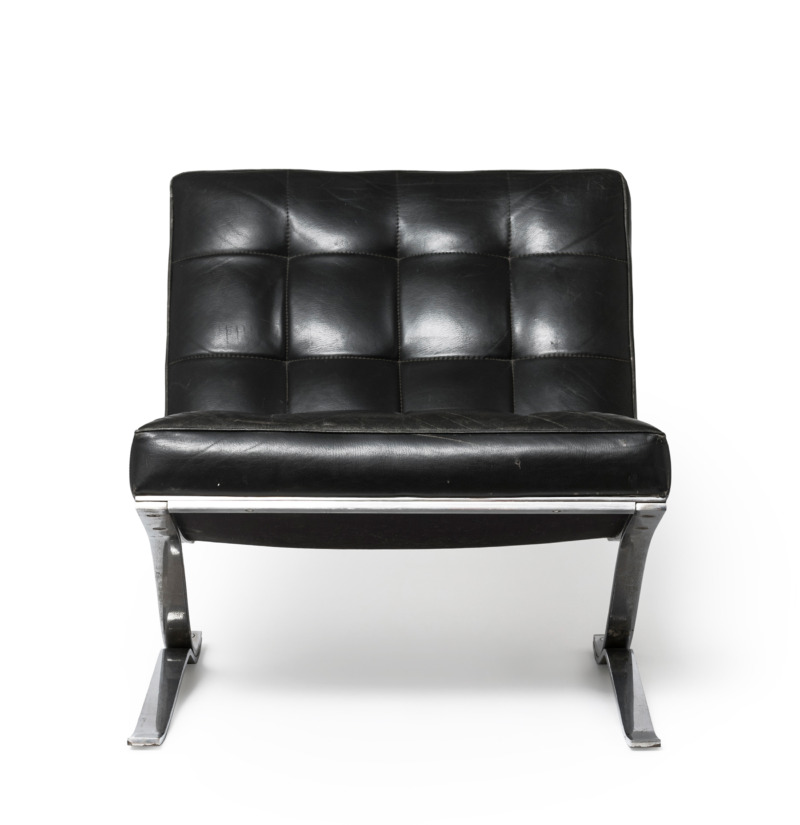To the secretariat of the Staatliches Bauhaus, Miss Heymann left our department on November 2 […]. She broke a window into pieces (costs about 15 DM), at the door she lost the key she had been given (costs 12-18 DM), the door of the parlour was broken and the lock totally ruined (costs 40-50 DM), furthermore she lost the key to the wardrobe (5-8 DM). Furthermore, the room had to be cleaned in order to make it habitable. Signed M. K., Dornburg, November 4 [19]21
as cited in: 4 „Bauhausmädels“, Hg. Schierz, Rössler, Krautwurst amongst other things, Katalog Angermuseum Erfurt 2019, S. 122. (Translation by the author)
This early document testifies to Margarete Heymann’s dramatic exit from the Bauhaus school after she was once again denied a permanent admission to the ceramics department. In this context, a note signed by Walter Gropius from the same year suggests a categorical discrimination against female Bauhaus members: “At the moment, women cannot be accepted into the pottery department. Women’s department, or bookbinding… – G.”
After her departure from the Bauhaus however, Margarete Heymann quickly gained public recognition. As co-founder and later director of the Werkstätten für künstlerische Keramik G.m.b.H., she exported her products worldwide under the Haël trademark, which combined the initials of the Heymann-Loebenstein couple. With the logo “HL” as a registered factory brand, the company, which joined the Deutscher Werkbund in 1925, was successfully promoted from the outset and its production was described as “artistically groundbreaking, in form, precision and glaze«, as a »top performance of modern full colour stoneware”. As a result of the takeover by the National Socialist regime, her success story firstly came to a sudden end: as a Jewish entrepreneur, Margarete Heymann was forced to sell the Haël company at a great loss. Hedwig Bollhagen took over the artistic direction from then on.
This futuristic cup of a Haël tea set represents Margarete Heymann’s artistic self-image, which combined technical precision with self-confident design. The modular set was affordable for the average consumer and was available in variable versions from earthenware to nickel silver, ebony and ivory. Although the geometric design language of the cup suggests functionality, it is rather an aesthetic concept of functionalism that is not redeemed in pragmatic handling: In fact, the handles are difficult to hold once the cup is full. Nevertheless, this set with its timeless, conically arranged shapes and characteristically doubled disc handles is one of Haël’s most desirable collectibles today.
Our Thing of the Month will be on view from 10 October 2019 as part of the special exhibition “Decoration as Trespass?”, which is devoted to the popular spray décor of the 1920s and 1930s and the associated socio-economic and technical-artistic discourses.

